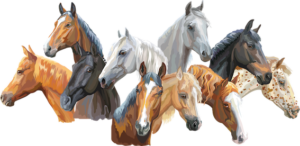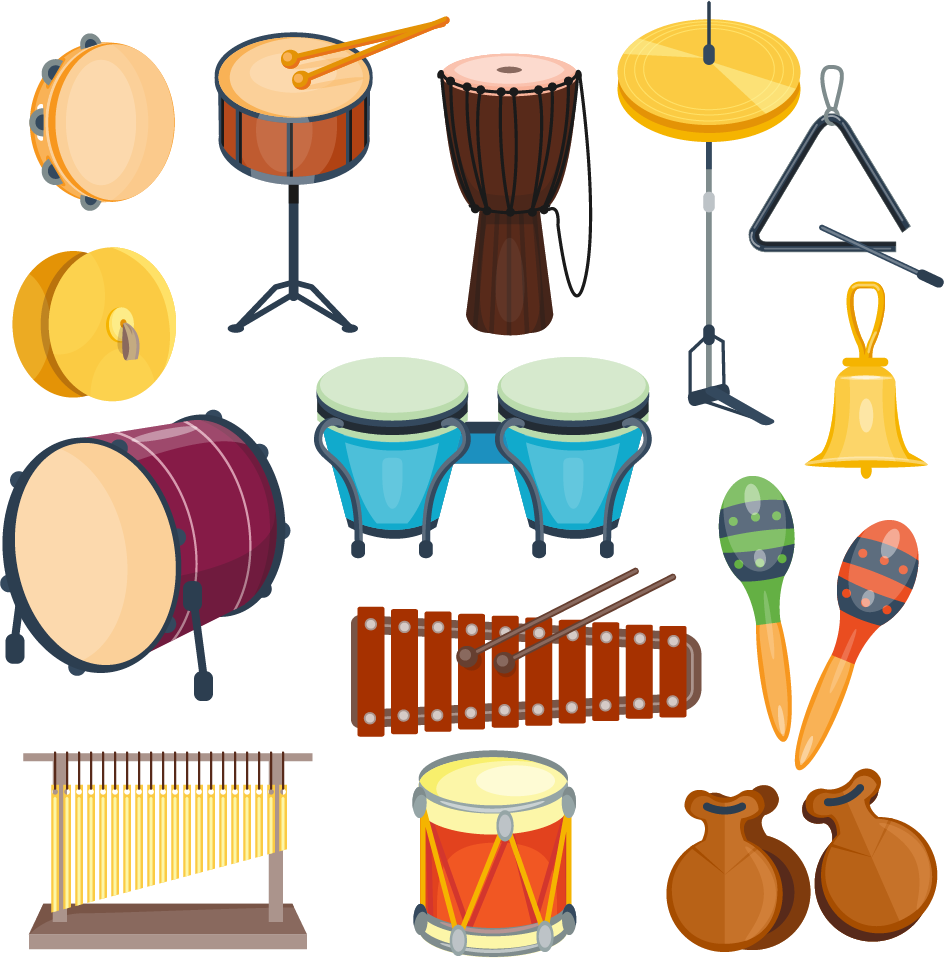Y1. Lesson 5. Louder & softer
Prior learning: Beat
Duration: 30 minutes
Materials: Soft purse.
Keywords: Beat, rhythm, singing, chanting, partners, rhymes, circle games.
Difficulty: ![]()
Prepare
ta & ti-ti
Present
Louder & softer sounds
Practise
Fast & slow, beat
 Melodic development
Melodic development
![]() Students are introduced to the terms loud and soft and how they apply to music
Students are introduced to the terms loud and soft and how they apply to music
- Teach the song line-by-line to the class, who are seated.
- Sing softly the first time through and with hands close together.
- Sing the song again, but more loudly and with hands that are further apart.
- Ask, "Can anyone tell me the difference when I put my hands like this (close together)or when I put my hands like this (hands further apart) and was the music different?"
- Tell the class that if the sound is big, we use the word loud; if the sound is small, we say it is soft.
- Students should sing quietly along with you. Your hands will be close together. Repeat using a louder voice, with your hands further apart.
- Instruct a student to come to the front and be the conductor. The student must use only hand actions to show if the class singing should be loud or soft.
- Repeat with another student as conductor, ensuring that loud and soft versions are performed over time.
- Teachers should observe the improvement in musical accuracy and singing in general as the students practise the task.
 Questions
Questions
- Can you tell me where you might find loud sounds?
- Where could you find soft sounds?
- Which animals make loud sounds?
- What about insects? Does anyone know of a loud insect?
 Rhythmic development
Rhythmic development
![]() Students improve their recognition of rhythmic syllables.
Students improve their recognition of rhythmic syllables.
Ten galloping horses came through the town,
Five were white, and five were brown,
Five rode up, and five rode down,
Ten galloping horses rode through the town.

- Students are seated. If the chant is not secure, recite the words and ask the class to repeat each one after you.
- Lead the class in wiggling all their fingers and thumbs for the first line "Ten galloping horses came through the town.
- Hold up one hand on "Five were white" and the other on "Five were brown".
- Wiggle your fingers and thumbs and move both arms upwards on "They galloped up." and then downwards on "They galloped down."
- Finally, move your arms left to right, fingers and thumbs still wiggling on the last line, "Ten galloping horses rode through the town."
- There are several learning outcomes in this rhyme. Complex concepts mirror the varied rhythm in the previous verse. For example, it addresses the number ten. It also features colours and contrasting directions. Moreover, it demonstrates the concept of addition: five white horses and five brown horses equal ten horses. Even though many children do not fully understand this mathematical concept, they will be exposed to the terminology.
 Creative movement
Creative movement
![]() Students have fun with this seated partner game.
Students have fun with this seated partner game.
- Instruct students to take a partner and sit on the floor.
- They should have their legs crossed, facing each other, and join hands, outstretched to the side as far apart as they can, one side up and one touching the ground.
- When students sing, they should move their arms to the music in a see-saw fashion [see the video.]
- After students sing this song, draw their attention to the two notes of the melody.
- Sing the melody and ask them to raise their hands on a high note and lower them on a low note.
- This game is also used to practice beat in another lesson and helps students to feel the beat using whole-body movements.
 Listening
Listening
![]() Students respond with creative play to Camille Saint-Saëns: The Swan (from The Carnival of the Animals).
Students respond with creative play to Camille Saint-Saëns: The Swan (from The Carnival of the Animals).
 Questions
Questions
- When finished, ask students if they enjoyed the music. What did they wonder?
- How did the music make them feel? Elicit individual responses.
- Was the music loud or soft?
- What type of instrument was being played?
- Students should spread out, allowing as much room as possible.
- Explain to students that they will watch a video and listen to a famous piece of music that describes a swan, which is a large white waterbird.
- Play the video and explain that students will move their bodies gently to the music, and they should pretend to be a swan slowly moving across the water.
- Monitor creative responses from students.
![]() Written in 1886, "The Swan" is often performed independently of the other parts of "Carnival of the Animals." It's renowned for its lovely, lyrical melody that embodies the graceful image of a swan gliding on a lake.
Written in 1886, "The Swan" is often performed independently of the other parts of "Carnival of the Animals." It's renowned for its lovely, lyrical melody that embodies the graceful image of a swan gliding on a lake.
"The Swan" was the only movement from "Carnival of the Animals" that Saint-Saëns allowed to be published during his lifetime. He thought the suite was a bit of fun and worried it could undermine his reputation as a serious composer.
 Visual learning
Visual learning
![]() Students sing and point to ball icons while keeping the beat.
Students sing and point to ball icons while keeping the beat.
- Project the beat icons.
- Students are seated and attentive
- Sing the song with the class, pointing to each icon on the beat.
- Students should keep the beat on their knees, shoulders or heads.
- When secure, ask a volunteer to point as the class sings.
- Repeat as time permits.
- This exercise reinforces students' development of beat by using visual cues.
 Instruments
Instruments
![]() Students explore louder and softer sounds using classroom instruments.
Students explore louder and softer sounds using classroom instruments.

- Place a collection of classroom instruments on a table, including tuned and non-tuned percussion.
- Using a drum stick, play a loud sound on a drum, then a soft sound.
- Ask students which sound was loud and which was soft.
- Ask a volunteer to repeat the process and ask the class if the sound was loud or soft.
- Using a xylophone or chime bar, strike a loud note with a beater. Ask a student if the sound was loud or soft.
- Repeat with a soft note and similarly ask the class.
- Repeat with other instruments and volunteers as time permits.
 Part work
Part work
![]() Students use a puppet or doll to rock the 'baby' to sleep in time with the beat.
Students use a puppet or doll to rock the 'baby' to sleep in time with the beat.
 Questions
Questions
- Did the song sound better when sung softly or loudly?
- Would a real baby wake up to loud singing?
- Would singing softly make a real baby go to sleep?
- Students are seated in a circle.
- Give one student the 'baby', which may be a puppet or doll.
- The class softly sings Goodnight, keeping the beat on their knees while the student holding the 'baby' rocks it to sleep in time with the beat.
- When the song is finished, the student hands the 'baby' to the student to their left and the activity restarts.
- For extra fun, ask the students to sing the song loudly!
 Video I
Video I
![]() Students learn more about louder and softer sounds from Zak and Zoe!
Students learn more about louder and softer sounds from Zak and Zoe!
 Assess
Assess
Suggested lessons
Y1. Beat II

Y1. Beat III

Y1. Beat IV

